Tips for Keeping Hardwood Floors Free of Dust
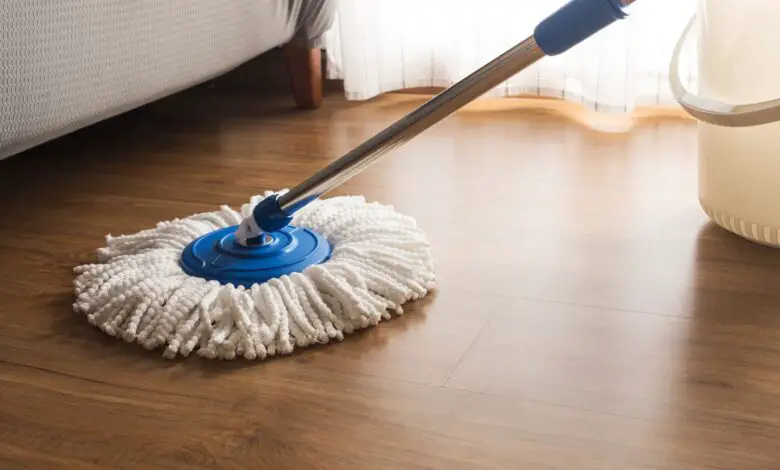
There’s nothing more enjoyable than walking on a beautiful hardwood floor. While modern floors are often constructed to last longer, they, like antique floors, are subject to deterioration and need regular maintenance to remain in good shape. It’s understandable if wood floors don’t seem tempting due to their high maintenance requirements, but hold off on switching to carpet just yet. A high-quality dust mop is the key to keeping hardwood floors dust-free. This article will show you exactly why and how a dust mop may help preserve your hardwood floors.
What Exactly Is a Dust Mop?
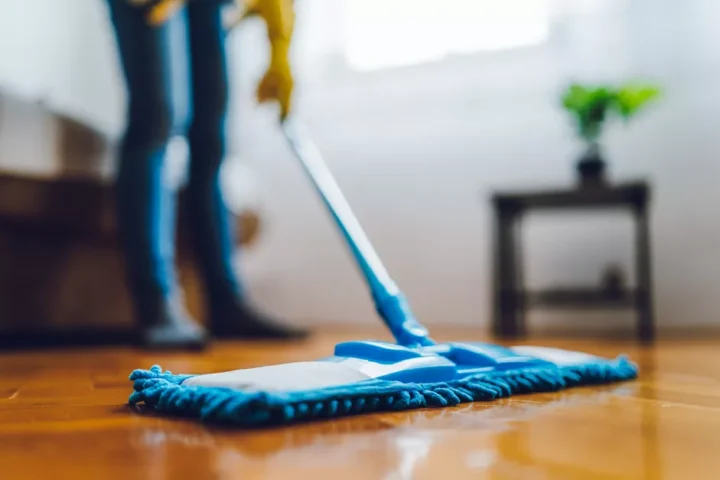
A dust mop, also known as a dry mop, is a kind of mop that is used to clean floors and sometimes ceilings without using water. A dust mop does not need water or soap, unlike the standard mop and bucket method. Their versatility makes them ideal for cleaning inaccessible areas. There are a variety of mop heads available, and the most effective ones are made from electromagnetic strands that pick up dust without the use of any chemicals.
Selecting the Right Dust Mop for Hardwood Floors
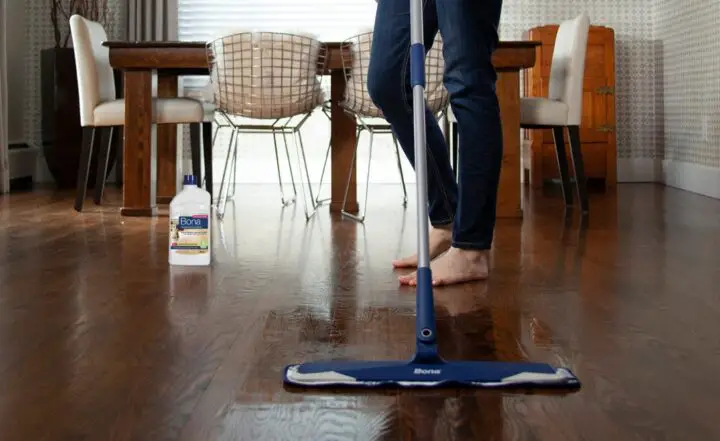
There are a few things to keep in mind while shopping for a good dust mop for hardwood floors. While there are several good dust mops on the market, we’ve found that a high-quality reusable dust mop offers the best cleaning benefits. While a low-cost dust mop may seem to be an attractive option, it is critical to consider quality. We’re not suggesting you have to spend a lot, but settling for the cheapest model often means sacrificing quality. Let’s take a look at the most significant characteristics of a quality dust mop:
- Eco-friendly
- Durable
- Cost-effective
- Efficient
The characteristics listed above are an excellent place to start when searching for a good dust mop, so let’s explore each feature in more depth.
Quality Comes First
One of the primary disadvantages of lower-quality dust mops is that they degrade more quickly. Nobody likes to purchase a new mop every year, yet some businesses prioritize profits above customer service. Even with the assistance of strong chemicals, a low-quality mop may not be sufficient in its ability to completely clean a surface. Not only may these chemicals be toxic to you and your family, but they can also cause damage to your floor.
Our recommendation is to invest in a more traditional dust mop for hardwood floors. Unlike their contemporary cousins, classic dust mops are built to endure. When properly cared for, this type of dust mop will survive a long time and is more durable.
Eco-Friendly
Reduced environmental effect is a vital goal, but it’s also true that staying green may sometimes be difficult. Finding a balance between eco-friendliness and convenience may be difficult. Both are true of a quality dust mop. Because a high-quality dust mop will last a long time, there will be less waste generated than by having to replace it every few years. Additionally, effective dust mops remove the necessity for aggressive dusting sprays.
These chemicals are harmful to your health, the environment, and even your mop. They may be hazardous to produce and dispose of, and their vapors can be unhealthy to breathe in. Additionally, utilizing chemicals on your mop requires it to be cleansed after each use. This may lead it to degrade even more rapidly.
Time is Valuable
Having a solid hardwood floor dust mop is a useful cleaning device. They may be used on floors, walls, shelves, and ceiling fans, as well as other surfaces. Utilizing a single tool for all dusting tasks is an excellent way to save time and space. There will be no more overflowing cleaning cabinets or scrounging about in the dark looking for a feather duster. A dust mop is an excellent tool for reaching high and low areas, obviating the need for additional cleaning materials.
Pets
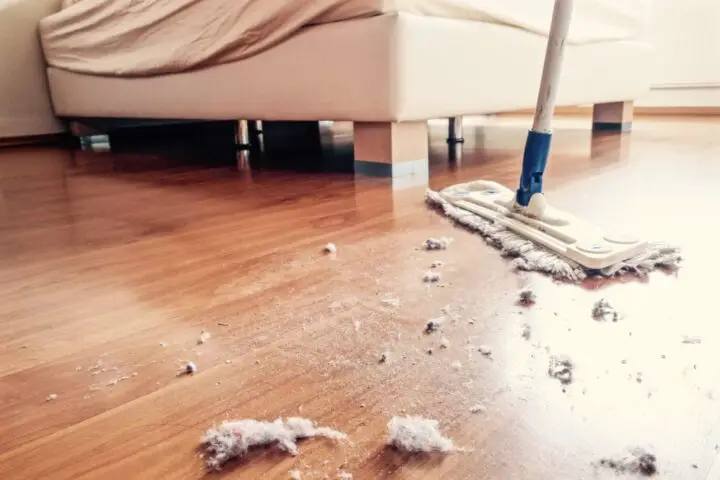
Pet allergies may be a source of frustration, even when we adore our animal companions. Pet hair may be challenging to keep up with, but a quality dust mop for hardwood floors is ideal for removing it. Even though allergens collect on hardwood floors over time, dust mopping them once a day is a simple method to keep your family’s sneezing and watery eyes at bay. Additionally, it is a good idea to minimize shedding by brushing your dogs on a regular basis. Another source of allergens is upholstered furniture such as sofas and chairs. Lint rollers, both disposable and reusable, may be used to eliminate the fur on these furniture pieces.
Cost-Effective
There are certain aspects of budgeting that are more difficult than others. Cleaning, on the other hand, should not be one of those things. Numerous businesses will attempt to offer you overpriced and convoluted remedies to seemingly simple issues. Be aware that large cleaning businesses are more concerned with their own financial well-being than yours. A high-quality dust mop for hardwood floors should address several cleaning issues while remaining reasonably priced.
Because of their durability, they end up saving you money over time. Reusable mop heads are also ideal for saving money since they can be cleaned, which eliminates the need to buy new packs of disposable heads on a regular basis.
How to Choose the Most Effective Dust Mop for Hardwood Floors
If you want to know how to maintain dust-free hardwood floors, starting with these considerations is a good idea.
We suggest a high-quality USA-made dust mop composed of electromagnetic strands and coming with a swivel head. Due to the swivel head, this type of dust mop will be simple to use on floors, including tight corners and around and under furniture, as well as on walls and dirty shelves. Additionally, you will never need to use dusting sprays with it, which is a major perk.
How to Care for Hardwood Floors
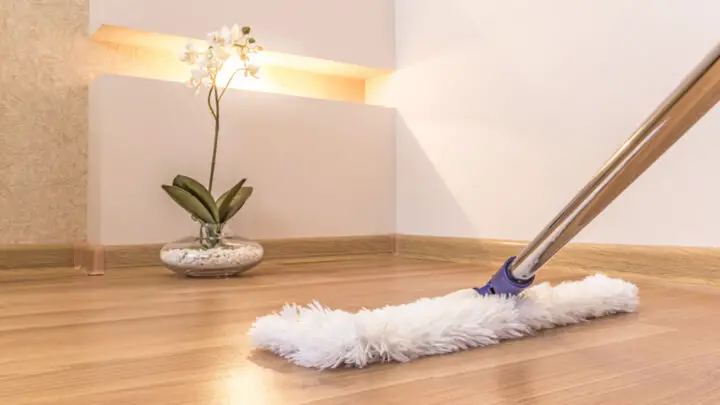
After discussing the benefits of a dust mop for hardwood floors, let’s discuss a few methods for protecting and cleaning your hardwood floors. A wood floor is sensitive to a few different forms of damage, and the techniques of guarding against them vary. Here, we’ll discuss the most typical cleaning problems associated with wood floors and the most effective strategies to resolve them.
Spillage
Spills on your floor are an unavoidable occurrence. If you’ve never spilled anything on a wood floor, kindly elaborate on how you did it, since you’re living the dream. Now, the first and most critical step in cleaning up a spill is to act fast. With a towel, remove as much of the liquid as possible off the floor to avoid bloating or swelling.
The next step is to remove any spill-related stains. It is possible to buy oiled or lacquered wood flooring. The sort of stain you have will have an impact on how you should clean it. Cleaning a lacquered floor requires cleaning it with a normal wood cleaner. In contrast, an oiled floor will need the use of an oiled floor-specific cleaning solvent. If a cleaning doesn’t get rid of the stains, you may need to have the floor refinished to remove them completely.
When the subflooring has been saturated by flooding, it’s important to call a professional flooring business for guidance on the best course of action.
Scratches
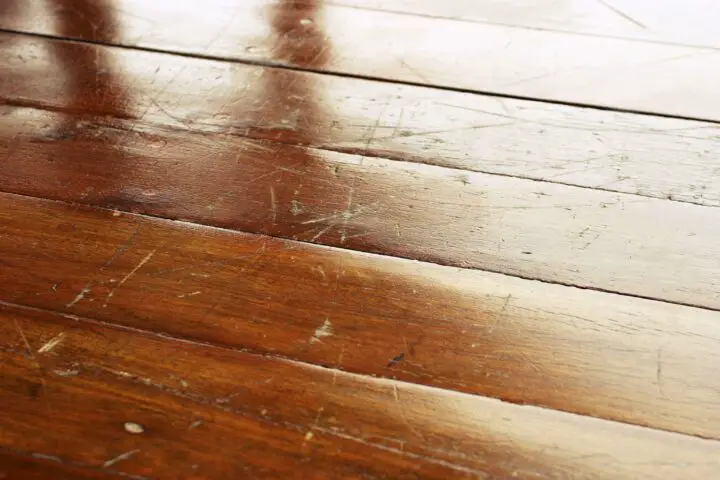
Scratches are a frequent occurrence on wood flooring. Things like shifting furniture and dirt dragged in by shoes may all trigger them. Scratches may seem to be a serious problem, but there are a few simple techniques to treat them on your own. Immediately upon the discovery of an imperfection, use a wood cleaner to scrub the damaged area. Additionally, it is necessary to determine the sort of finish on your floor before proceeding.
The subsequent step will be determined by the extent of the scratch. We’ll begin with minor scratches. After you’ve removed all of the debris from the scratch, you may use steel wool to buff away the imperfections. Always scrape against the grain of the wood. Going against the grain can accentuate the damages. After buffing away the scratch, use the steel wool to softly integrate the edges of the surrounding flooring. Following that, cover the scrape with a wax stick.
Allow sufficient time for the wax to cure before buffing it again with a delicate microfiber cloth. Bring a coat of paste wax followed by another buffing to add additional shine to non-glossy polyurethane flooring.
It is more difficult to fix severe scratches, which are characterized as reaching deeper than the finish. The majority of them will need some kind of refurbishing. They will need either partial or complete refinishing. A partial refinishing may be accomplished by scrubbing the surface with mineral spirits, fixing the damage using wood putty, smoothing the texture with sandpaper (140 grit works well), and then applying a new coat of finish. As with tiny scratches, it’s a good idea to finalize the repair by blending the repair area’s edges.
As a result, they can only be sanded a few times before the genuine wood is totally worn away. If you have a seriously damaged engineered hardwood floor that has been sanded before, it may be better to replace it rather than refinish it.
Cleaning
Maintaining a hardwood floor requires a consistent cleaning schedule. If left alone, dirt may soon accumulate and cause harm. While your lifestyle will dictate how often you clean your floors, everyday dust mopping using a dust mop for hardwood floors is a simple and efficient approach to prevent dust from lingering around. Cleaning your floors frequently, especially if you have dogs, is an excellent method to keep them looking their best. If you are not at home as often or just lack the time, cleaning every other day will suffice. While you’re cleaning, keep an eye out for scratches or stains so you can address them quickly.
Maintenance
Frequent care, including regular cleaning, is critical in the process of maintaining dust-free hardwood floors. Using furniture pads is a critical component of preserving your floor. This prevents the furniture from scratching the floor when it is moved. Additionally, vacuuming on a regular basis is a good idea. We suggest weekly maintenance to collect any dirt that might harm your hardwoods, but you can adjust your plan to match your needs.
Even with frequent cleaning and vacuuming, floors will eventually lose their luster. To prevent this, we suggest utilizing a floor polisher on a monthly basis. This will restore the sheen to your floors and prevent them from getting dull and seeming old or worn down. Even with periodic polishing, the floor finish is not guaranteed to endure in perpetuity. As a result, your floor will need a thorough refinishing every 2 to 4 years.
Of course, this is not needed, and the longevity of your floor may vary depending on the material, polish, and quality. However, if you have dogs or small children, your floor will benefit immensely from periodic refinishing.
Conclusion
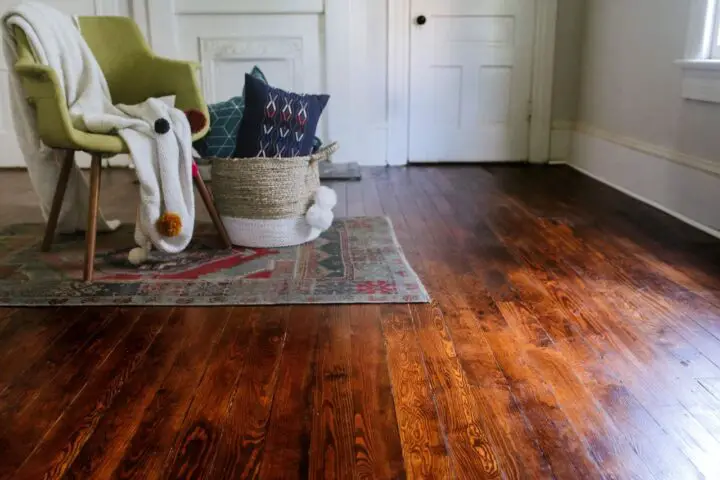
That concludes our guide to caring for hardwood floors and keeping them looking their best. Dry dust mops are preferable to wet mops for hardwood floors. They’re ideal for wiping up spills, hair, and other particles from your floor. The finest mop for wood floors will have a swivel head that allows for easy cleaning of tight spots. Mopping hardwood floors might be a nuisance, but the correct dry dust mop simplifies the process tenfold over wet mopping.
We hope this post on how to maintain dust-free hardwood floors helps you establish a decent routine for cleaning your floors, and we look forward to providing further advice in the future. We appreciate your time and will see you next time!
